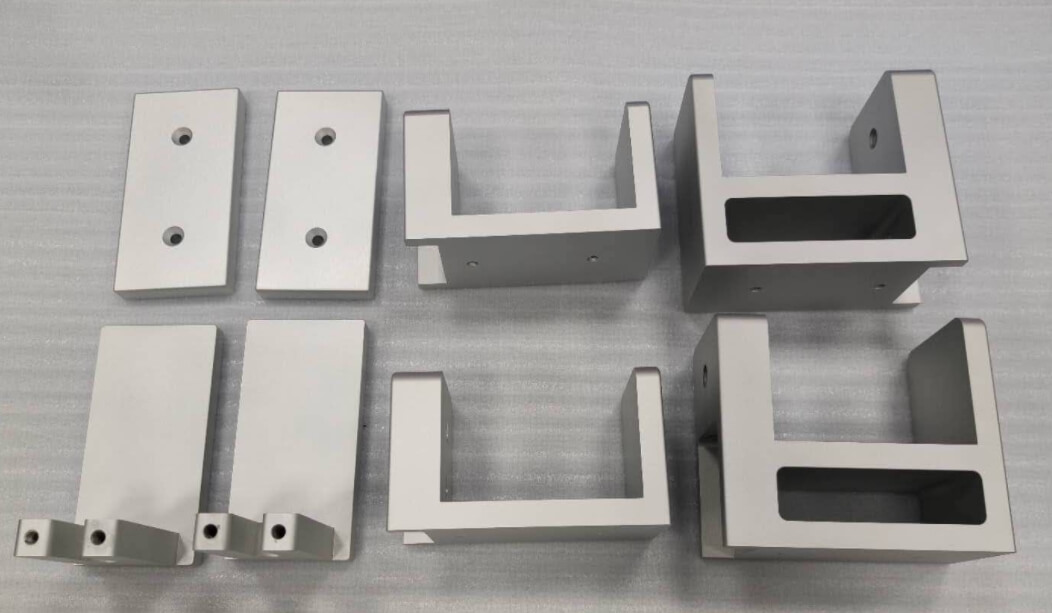If you plan to get your product to the market quickly, you may need to consider rapid tooling. The truth is that there are different technological advancements in the manufacturing sector. Some of the technologies have made it easier for design teams to shorten the product development cycle. With rapid tooling applications, it is now possible to make parts quickly and test them before you get into mass production.
Rapid tooling has many names. For instance, it is also known as prototype mold, soft tooling, and prototype tooling. No matter what you call it, you need to know how this manufacturing method can help your business. This process makes it possible to make prototypes quickly. The technology has been around since the 1990s.
Rapid Tooling Process
Rapid tooling is used by manufacturers to make molds and tools needed to aid mass production in days as opposed to months. Parts and components made through this technique are ideal for testing and evaluating prototypes.
There are different rapid tooling methods you can use. Each method has its pros and cons. Choosing the right method is dependent on various factors. For example, you may need to consider the size, precision, materials, and consistency.
Limitations of Rapid Tooling
There are certain limitations you have to keep in mind. These are some of them.
1.Mold Must be Durable
The mold used ought to be durable to support injection molding. Remember that molding machines clamp heated materials. Thus, the mold ought to withstand injections.
2.Mold Must Be Smooth
Other than being strong, the mold must be smooth to ensure the injection of the plastic is smooth. This is an important consideration as the mold is used with every ejection. Remember that some manufacturing processes produce parts by adding layers. As a result, the final prototype is not smooth. In such a case, the prototype needs additional finishing.
Advantages of Rapid Tooling
1.Supports Innovation
By replacing traditional tooling with rapid tooling, you create room for improvement. That is because conventional tooling is time-consuming as you have to ensure all components are made to exact tolerances. With rapid tooling, you can try complex geometries that are impossible with traditional manufacturing methods.
2.Time-saving
The truth is that rapid tooling helps eliminate the need to produce patterns, molds, and patterns. As a result, this technique helps reduce the time between idea conceptualization and prototype evaluation. Thus, you can get accurate prototypes that can be tested for usability, performance, and features. Also, you can design your prototype after getting feedback from the customers. Moreover, a fast turnaround can help get your products into the market quickly.
3.Cost Savings
The other advantage of rapid tooling is its low costs. Parts made can be subjected to stress and impact testing. In this way, you can determine the changes required before undertaking expensive mass tooling.
Rapid Tooling Applications
Rapid tooling has many applications, and they are likely to increase with new technological advancements. For instance, this method is used to make molds and casting shapes.
There are different reasons to embrace rapid tooling. For instance, it is effective, quick, and cost-friendly.
